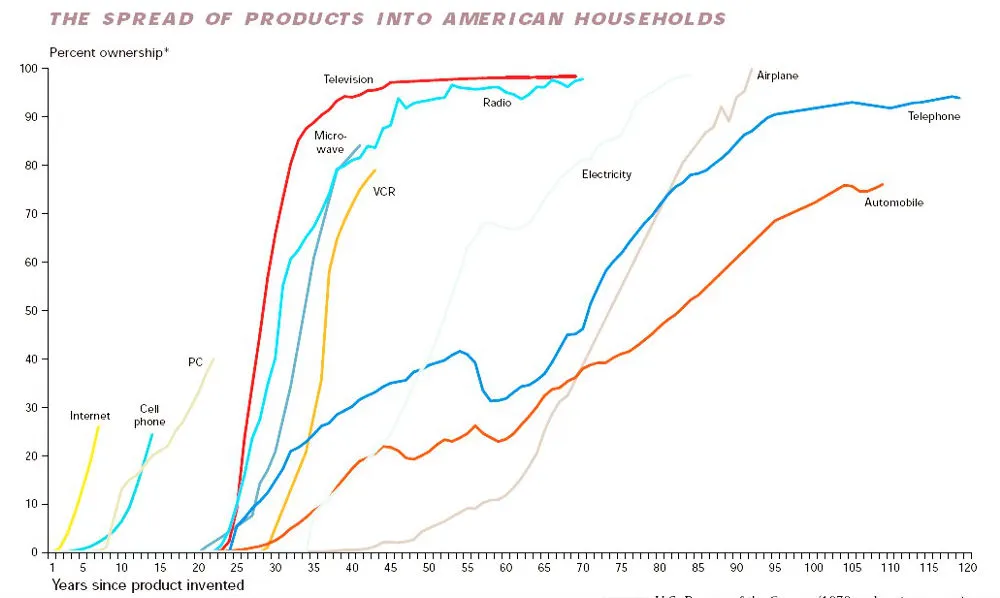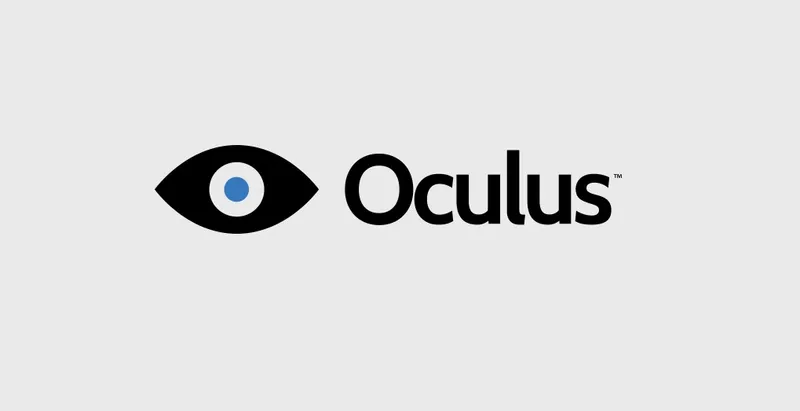Just a year ago, statements like these were the rave in the tech industry:
Virtual Reality is the last medium
Virtual and Augmented Reality are going to the be the most social platforms ever
Now, there are publications writing that VR is dying or dead. The reality is that VR is already more engaging than other platforms and we have the data to prove it.
When we started Mega Particle, we wanted to see VR’s performance against three main aspects/KPIs.
- Presence should result in more engagement per user than other platforms.
- VR should make some people fall in love with it.
- Even at the early age, VR should be used by a diverse user base.
Through the data from our game, Casino VR Poker, and the industry, we can confidently say that VR has more than delivered on these aspects.
Power of presence
The debate on what is presence and immersion is as long as the inception of VR. One thing is clear though, presence should have a positive effect on the session duration and total playtime than other platforms.
Average Session Length
Session length is defined as the time difference between opening and closing an application. The average session length of applications on smartphones was around 5 minutes in 2016. In July, 2017 the average session length of Casino VR Poker was 30 minutes. Not just that, but around 1/3rd of sessions are 60 mins long or more. Users are being immersed as they spend more time engaging with the platform at every run.
“A minute spent in VR is so much more valuable than on a smartphone because VR has your undivided and absolute attention.” — Karl Krantz, SVVR
The benefit of this total immersion is that user’s attention is undivided and longer. The drawback is that within the virtual world it’s hard to direct user’s attention towards a specific thing/object. Case in point, our session lengths were not always that high, In July, 2016, the average session length of Casino VR Poker was 15 mins. This improvement didn’t come overnight but was gradual as we learned about VR and how to traverse it.
Playtime per user
Session length tells only part of the story. We also have to see how and when these sessions are occurring. Unfortunately, we haven’t seen a set pattern emerge right now that says whether VR is to be used every day or every week. In this case, I think a better metric to look at is total time spent per user. Total time spent per user can be thought of as a function of average session length per user and number of sessions.
In our game, every new user is given 5000 chips for free to play. Imagine the time it would take someone convert that into 1 billion gross winnings! Over a 1000 hours. Well someone has done that already. In Poker, gross winnings are winnings without deducting the losses. There are signs like these all over the industry. Do a quick search on SteamSpy about Rec Room. Rec Room is a Social VR game that is available on Oculus Rift and HTC Vive. Average playtime per user for Rec Room in the last two weeks has been 1 hour and 40 minutes! More interestingly, the median playtime in the last two weeks is at 1 hour but the median playtime for lifetime is at 40 minutes. This means that the experience and usage is improving at a tremendous pace.
Social interactions in VR
For the first time, a technological platform is capable of conveying context to social interactions. Instead of writing a text or having a video call, you talk to other people as if they are really there with you and you can notice their body language (partially). What we can say for sure, after 16 months of our game being in the wild, is that social interactions really drive engagement. In Casino VR Poker, there is a positive correlation between social interactions and time spent in the game. We also find that engaged users continue playing because they have made friends in VR. Just like in real life, they want to continue “meeting up” with their friends and they like to do that over a shared interest, poker. If you spend an hour socializing with someone directly in VR, the connection feels much stronger than other platforms.
Love for VR — the advent of the power user
VR today is not perfect, it’s going through the first hardware and software iteration. At this age, VR doesn’t need to convince everyone, but it needs to make at least some people really fall in love with it.
“It’s a pain in the ass to use current headsets. But still people use them.” — Adam Draper, Boost VC
Adam has a point. There are now millions of headsets out there. These headsets are big, clunky and technologically not as advanced as they should be in the future. This is not the fault of headset manufacturers. The headsets are like that because of current limitations of processing power, optics and battery. Most of these limitations will be solved with time and Moore’s Law. Even though these are really very early days, there is a healthy base of active users in VR who use it regularly and love it.
Many of our power users have spent 1000+ hours in @BigscreenVR, 20+ hours every week.
This is their story ?https://t.co/1kV8DxcicD
— Darshan Shankar (@DShankar) September 1, 2017
BigScreenVR lets users bring computer screens in Social VR. The application has built a strong community of power users. Bigscreen now has users who have spent more than 1000 hours. Not only that, most of them average 20+ hours a week. Our game is seeing a similar pattern, there are 100’s of users who have played the game for 300 hours or more (also 1000+ hours). The lifetime engagement of such users is also quite high. Most of our power users that started playing 6 — 12 months ago are actively engaging with the game.
VR is being consumed by a diverse user base and through multiple devices
It is said that VR in its current state is only for tech enthusiasts. While it may be skewed towards early adopters and enthusiasts, we already see that it is definitely being used by all demographics. Our power users are aged from 18 — 60 years old and are both male and female. This distribution is more or less representative. Most of our users wouldn’t classify themselves as tech enthusiasts. In a recent internal survey we asked our users, “How did you get into VR?”. A majority of answers were that they got it as a gift or for free (we can assume this was Gear VR). Many of whom hadn’t heard about VR before they got the headsets. Some of those users have gone to buy a Rift and Vive later on. In the same survey, we asked our users “What makes VR apps different than other platforms” and the resounding answer was that the feeling of immersion is better than any other platform.
Another myth is that 3 Degrees of Freedom headsets are not true VR. 3 DoF headsets track rotational data on a single axis but don’t track movements along the axis. We actually don’t see any analytical difference between 3 DoF headsets and 6 DoF headsets. Engagement, average session times etc are similar between Gear VR and an Oculus Rift for example. Users regularly take part in our daily poker tournaments from a Gear VR which last for a couple of hours. Also interestingly, our record session time is over 16 hours played from a Gear VR. It is important to note that our Gear VR app is updated much more regularly than our Rift app and is higher rated also. Also, poker is almost the perfect use case for Mobile VR or 3Dof headsets as the experience is fixed at a seat. Moving or standing experiences are definitely way better with full 6 degrees of tracking of head and hand presence. It’s really about the kind of experience, 3 DoF headsets are capable of delivering engaging content within its boundaries.
Virtual reality is more than living up to its promise. Quality over quantity. Most of the people complaining about VR are complaining about market adoption.
Expectation mismatch and expectational debt
It is true that market adoption of VR has been slow in absolute numbers. But, if you look back a year or more, a lot of people involved with the industry said that adoption is bound to be slow in the beginning. Mark Zuckerberg and John Riccitiello’s statements are one of the many examples. VR was HYPED. Promise of a gold rush attracts gold diggers. There were people that went into the industry opportunistically and they are now salty that it didn’t meet their bloated expectations.
“VR built an expectational debt that it couldn’t possibly deliver on in the first wave.” — Karl Krantz, SVVR
The mismatch of what is possible and what was promised created this expectational debt. A debt that, in time, will be paid in full with interest and then some. There were quite a few reports on headset sales projections but they were guesstimates at best. They couldn’t be anything more because there is no precedence to detect a trend.
“Anyone that says that there will be X number of headsets sold just means that they don’t know what they are talking about.” — Philip Rosedale, High Fidelity
Matter of fact, every new technological innovation followed a similar trajectory of adoption. A recent post on r/oculus does a good job of putting technology adoption cycles in perspective. Look at the adoption of cars, internet, TV, cellphones. Historically, technology adoption cycles are getting shorter and shorter but even cellphones took a decade to reach 30% of households. What’s important to remember is that technology adoption is not linear (it’s exponential), but the expectation of many is that is. As a result, adoption starts slowly but then grows much faster than anyone expected!
Don’t be deterred, carry on
Virtual Reality is much bigger than Social VR but Social VR does paint a picture of what VR is capable of. I’m sure that there are more interesting data points and stories in other games/applications. VR is getting bad press lately but if there’s anything you should take away from this article, it’s that VR is absolutely alive and kicking. If you or anyone you know is on the verge of getting into VR, encourage them. There is amazing work happening in all sectors like healthcare, education, commercial applications among many others. Jobs in VR are growing as well, there are more entrepreneurs, developers, designers in the industry now than before.
Articles without substantive evidence are fluff but their real harm is that they might convince someone to not pursue their passion. While I write this, I’m surrounded by 15 other VR companies that just joined Boost VC. If you are thinking about building the future, join in. Remember, this is a long term bet but the work you would do in VR right now is likely to have a big impact on the future. So VR people, get to it. There is work to be done!
Hamza has been working in VR since 2013. He has founded two VR companies since, QBXNet and Mega Particle, predominantly focusing on Social VR. You can follow him on twitter @mhamzasiddiqui. This is a guest post not produced by the UploadVR staff. No compensation was exchanged for the creation of this content.





























